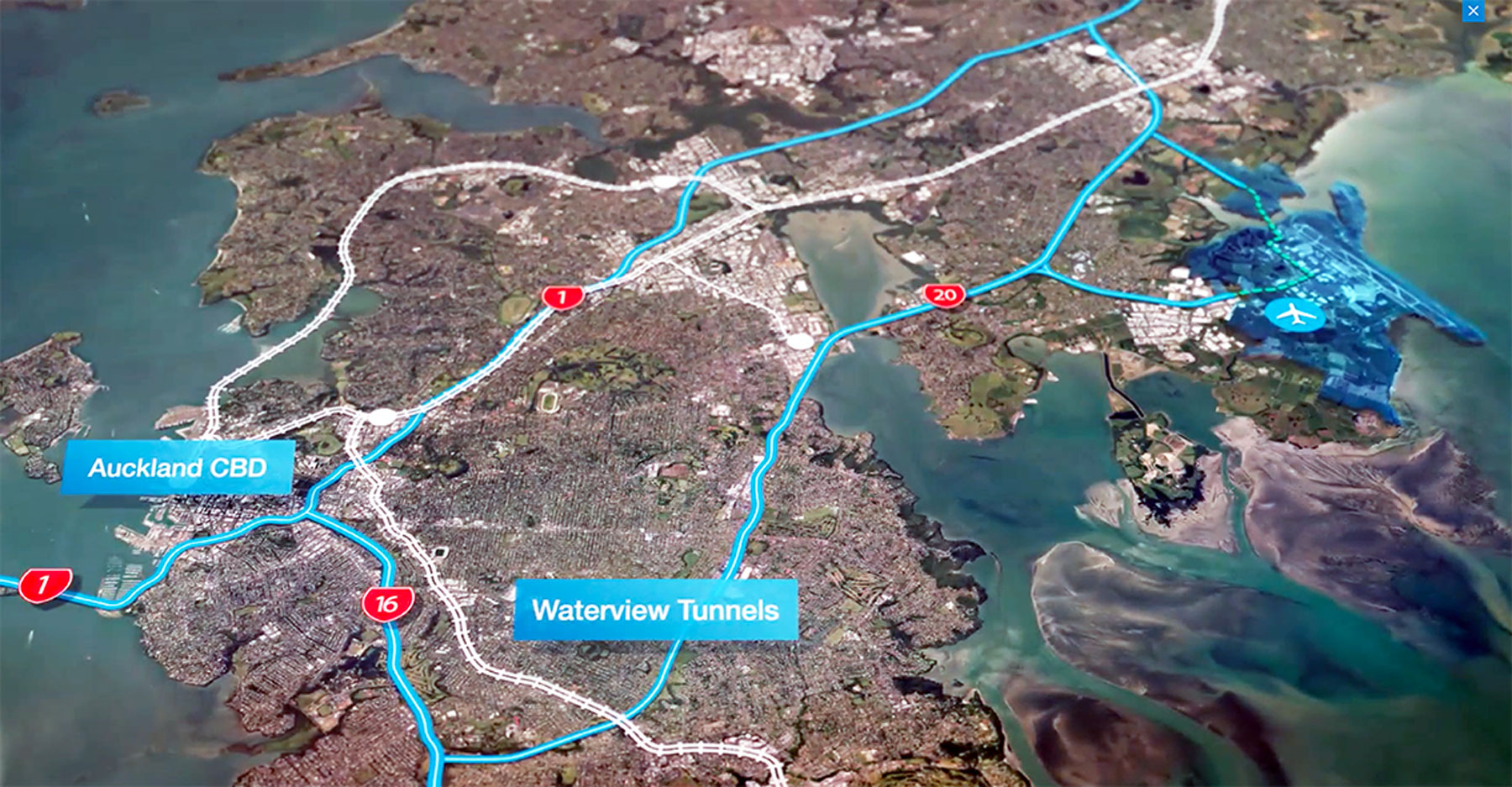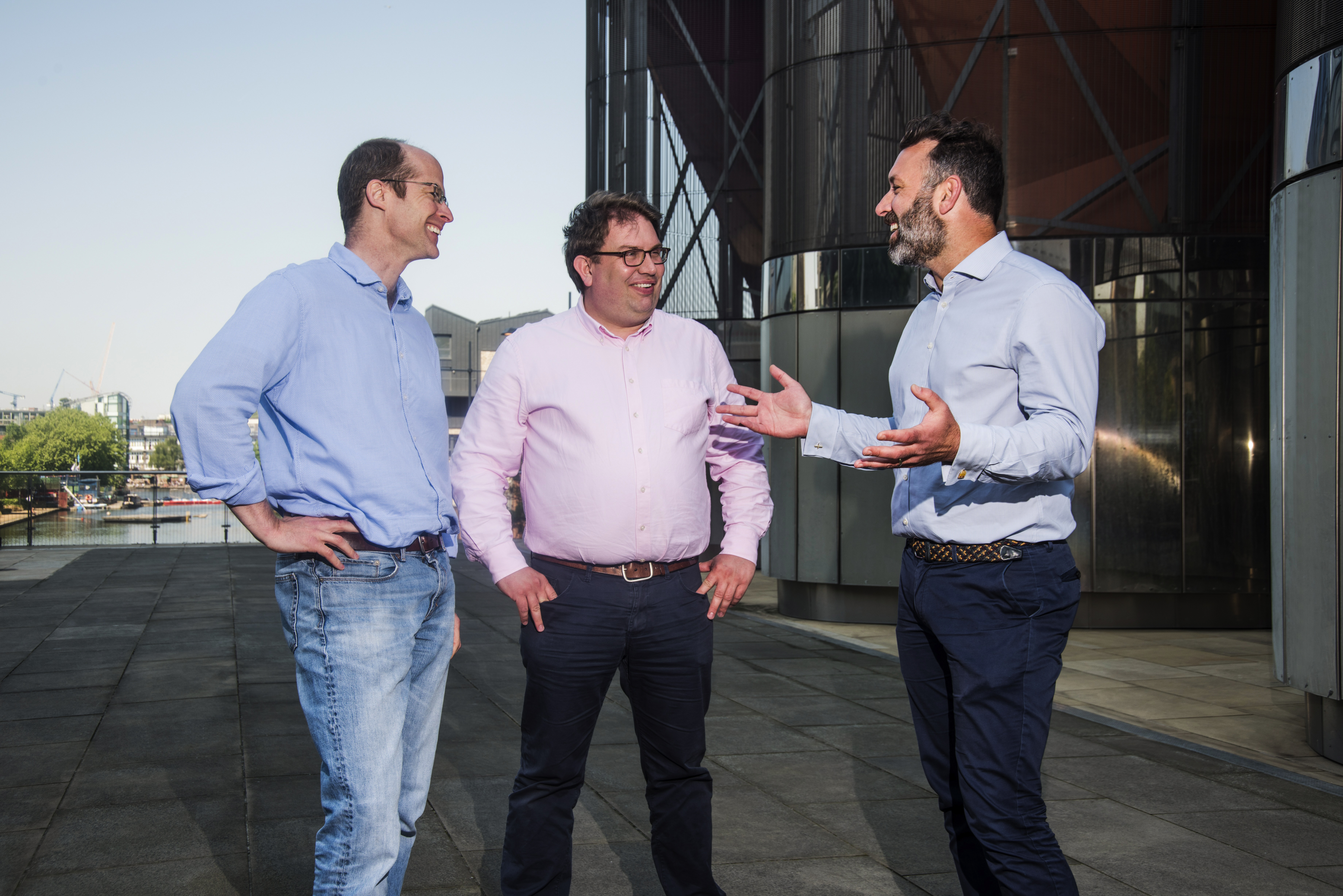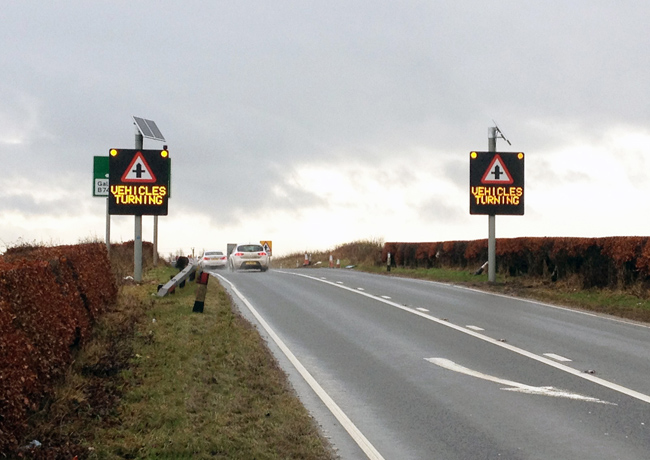
Getting from the centre of Auckland to the city’s airport used to be fraught with unwanted stress for passengers – but a new system combining radar, Bluetooth and Wi-Fi is smoothing things over. Andrew Stone investigates.
Struggling to cope with steady growth in passenger numbers and the costly traffic congestion which that can entail, New Zealand’s Auckland International Airport has deployed an innovative system that is smoothing traffic and passenger flows. The same system is also offering new, data-led insights from which planners and traffic management partners can learn.
On the worst days before the system was installed, journey times from the centre of Auckland to the airport were up to an hour longer than they should have been, explains Richard Young, senior associate at Beca, the consultancy tasked with creating and installing it.
“Giving everyone uncontrolled access to limited space meant no one was getting any service,” Young told ITS International. “The job of the system is like being a bouncer at a busy bar. Our job is not to let too many people in and to let enough people out first.”
Optimising travel times
The core of the solution is a real-time traffic monitoring system that, combined with other data, allows it to control movement at key junctions. Traffic coming into and out of the airport is managed minute-by-minute, easing peaks by holding it for longer intervals at junctions, thus optimising travel times for all.
The system also gathers information on the mix of staff and passengers using the airport’s park and ride facility, as well as working in concert with the existing passenger movement monitoring system inside the terminals. The result is a better city-to-boarding gate experience.
The system proved its worth very soon after its deployment in early 2017, Young says, and is cutting travel times as well as passenger stress levels. Even during the busiest time so far, the Christmas 2017 peak, the system worked as planned, he adds. “Since the system has come in we have not had delays of more than 30 minutes and on a typical bad day prior to that it was more like 60 minutes, and 90 minutes in the worst cases.”
The sensor network
The solution gathers live data using a range of technologies, including Wi-Fi and Bluetooth vehicle tracking sensors from Danish supplier BlipTrack. “We wanted a non-invasive, low-latency system with a data refresh every two to three minutes,” says Young. “The airport has been impressed with our ability to go from first meeting to commissioning within two weeks. That was the lead-in to get this project up and running.”
The sensors are mounted on street lights, as this offers a number of advantages, says Young. “There’s power there and we don’t have to go into the road, which offers a significant safety advantage. By using streetlights we can also put them where we want them rather than at junctions. It means the system could be designed around where we want the data from.”
Beca deployed the hardware in three days, with no traffic disruption, realising significant savings, adds Young. “It only takes 30 minutes to put each sensor up and all the commissioning and integration work is done remotely. You never have to go back to the site unless someone moves a streetlight. It is a pretty resilient system.”
Opting for a mixture of Wi-Fi and Bluetooth gives the system a range of attractive capabilities and good reliability, he continues. The Bluetooth detectors measure hands-free kits in vehicles while the Wi-Fi detectors capture the Wi-Fi-enabled devices - generally smartphones - carried by people.
Detection rate
The Bluetooth equipment offers an almost 100% detection rate, which is unusual, says Young. “We will see pretty much any active Bluetooth devices and that allows us to track a vehicle through a network. With Wi-Fi you don’t get such a good detection rate but it adds to the data and we can track a Wi-Fi device into the airport terminal. Because that device is in passengers’ pockets it means we can identify how many people move from city right to the gate of the aircraft. When a device drives past a sensor it broadcasts its unique ID, so when it goes past the next sensor we get a new time stamp and so we get the travel time between those points. We call it remote digital recognition and it is analogous to an ANPR [automatic number plate recognition] camera but it never gets confused by number plates.”
The system also uses smart ‘micro’ Doppler tracking radar, which can track vehicles that are closely packed by measuring their slight speed differences. This combination of radar, Bluetooth and Wi-Fi has not been used before in a control system, Young believes. “Many other systems just point across the road and register a vehicle as it zooms past but where you get congested roads or a lot of screening they don’t get results. The Doppler radar points up the road on the same streetlight and it can track up to six lanes of traffic. It also means we don’t have to put loops down which entails a major engineering effort.”
Real-time and historic data
Much of the capability of the system comes from combining its real-time reporting with historical data. Comparing the two enables the system to detect driving time anomalies. This means the operators can pinpoint road sections and intersections where driving times deviate from the norm as a result of construction projects, incidents, roadwork, faulty traffic lights and other factors.
Operators can then rapidly respond. “The critical area is the pick-up and drop-off,” explains Young. “On a weekday afternoon from 4.30 onwards, domestic pick-up gets busy - and as soon as that gets busy it quickly tails back to a key interchange and then you’ve really lost the battle. We can hold traffic until we know it will get a clear run through the terminals.”
If too few vehicles are exiting the airport, the system instructs traffic signals to hold traffic approaching the airport on red. This can be for up to six or seven minutes if need be, until exiting traffic has cleared.
Data sharing
The system also provides the same information to the motorway contractor, enabling it to update drivers on the travel time from the back of any queuing traffic to the terminals. This reduces both the risk of travellers missing flights and employees being late for work, says Young.
The user interface is designed to be intuitive with a colour-coded graphical display that shows all the key traffic data in one place, he adds. “When we showed the NZTA [New Zealand Transport Agency] the digital dashboard that allows them to see what is going on, they were impressed that we could do that without tens of millions of dollars in IT equipment.”
Inside the airport, the solution is also linked to a pre-existing BlipTrack system that tracks passenger queue times, volume and movement patterns. This helps the airport better manage and support resources by focusing on high-demand locations and periods.
The benefits of sharing the data between these agencies is providing huge value today and the wealth of information it is gathering should enable the partners to plan resources more effectively still in future, says Young. “If you have twice as much data you have four to eight times as much intelligence.”
The value of origin and destination data
Solutions similar to the one in use for Auckland International airport, using tracking sensors from Danish supplier BlipTrack, are also being deployed for other road traffic applications as well as in ports and train stations.
Consultancy Beca is using a comparable system at major New Zealand railway interchanges to provide a live count of the number of people on platforms, says senior associate Richard Young. “We can do an amazing origin detection of where people are coming from and where they are going.
”In one incident following a large landslip that closed a major highway, Beca mined historic traffic origin and destination information that helped define the optimal entry and exit points for diverted traffic. “Origin and destination work that determines where new roads should go, or where to move traffic from one road to another, is high value,” says Young.
Its uses are not merely tactical. The data insights provided by this technology also offer value for those planning future transport infrastructure needs. Beca is getting increasing interest from prospective clients in these systems, although there is still caution, concludes Young. “There is still a reluctance to do smart sensing. No one gets sacked for installing loops.”











